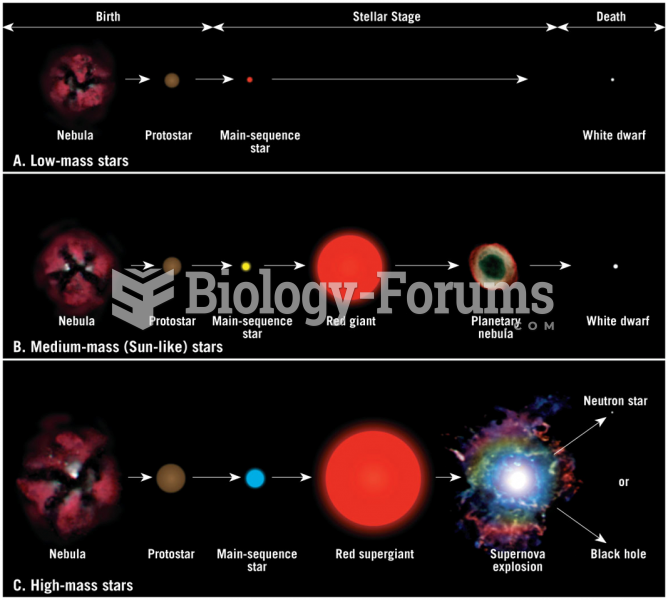|
|
|
Did you know?
Aspirin is the most widely used drug in the world. It has even been recognized as such by the Guinness Book of World Records.
Did you know?
Most women experience menopause in their 50s. However, in 1994, an Italian woman gave birth to a baby boy when she was 61 years old.
Did you know?
There are 60,000 miles of blood vessels in every adult human.
Did you know?
Blood is approximately twice as thick as water because of the cells and other components found in it.
Did you know?
Cytomegalovirus affects nearly the same amount of newborns every year as Down syndrome.







